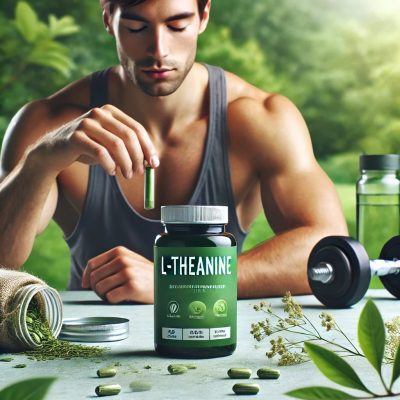
The Different Forms of Whey Protein and What’s Best for You
Whey protein is one of the most popular supplements for building muscle, supporting recovery, and enhancing overall fitness. But with multiple types of whey protein on the market—each with unique processing methods, benefits, and ideal uses—it can be tough to choose the right one. This guide breaks down the main forms of whey protein: concentrate, isolate, and hydrolysate, helping you find the best option to meet your fitness goals and dietary needs.
1. Whey Protein Concentrate
What It Is: Whey protein concentrate (WPC) is the least processed form, containing between 70-80% protein per serving. It also retains more lactose, fat, and beneficial nutrients found in milk, such as immunoglobulins and lactoferrin.
Benefits:
- Nutrient-Rich: Higher in vitamins, minerals, and healthy fats compared to other forms.
- Affordable: Typically the most cost-effective option, offering solid protein content at a lower price.
- Tasty: The natural fats contribute to a creamier taste and texture, making it popular for smoothies and shakes.
Best For: Beginners, those on a budget, and individuals who want a nutrient-dense option without strict dietary needs regarding fat or lactose.
Considerations: Due to the higher lactose content, it may not be suitable for those with lactose intolerance.
2. Whey Protein Isolate
What It Is: Whey protein isolate (WPI) undergoes an additional filtration process that removes most of the lactose and fat, resulting in a higher protein concentration of around 90-95%.
Benefits:
- High Protein Content: Ideal for those who want the maximum protein per serving with minimal carbs or fats.
- Low in Lactose: Better tolerated by people with mild lactose intolerance.
- Fast Absorption: WPI is quickly digested, making it a top choice for post-workout recovery.
Best For: Athletes or anyone needing quick, high-quality protein post-workout or individuals with mild lactose sensitivity.
Considerations: While more refined, WPI often comes at a higher price and lacks some beneficial compounds retained in concentrate.
3. Whey Protein Hydrolysate
What It Is: Whey protein hydrolysate (WPH) is the most processed form, with protein partially broken down into peptides for even faster absorption. This hydrolysis process mimics pre-digestion, allowing for rapid assimilation.
Benefits:
- Rapid Absorption: Ideal for post-workout recovery, as the body absorbs it almost immediately.
- Gentle on Digestion: Often recommended for individuals with digestive issues, since it’s less likely to cause bloating.
- Great for Muscle Repair: Helps quickly replenish muscles with amino acids, making it a favorite for serious athletes and bodybuilders.
Best For: Advanced athletes, those with digestive sensitivities, or anyone prioritizing rapid recovery and absorption.
Considerations: The extra processing makes WPH the most expensive option, and it can have a slightly bitter taste due to hydrolysis.
Which Whey Protein is Best for You?
- Beginners or those on a budget might start with Whey Protein Concentrate for a nutrient-rich, affordable option.
- Lactose-sensitive individuals or those focusing on high protein, low-carb intake may benefit from Whey Protein Isolate.
- Professional athletes and those needing rapid recovery may find Whey Protein Hydrolysate to be the ideal choice, albeit at a higher price.
Conclusion
Each form of whey protein has its own unique benefits, making them suitable for different goals, budgets, and dietary preferences. When choosing a whey protein, consider your fitness goals, dietary restrictions, and tolerance to lactose. Regardless of the type, incorporating the right whey protein into your regimen can help support muscle growth, enhance recovery, and keep you on track toward your fitness ambitions.











